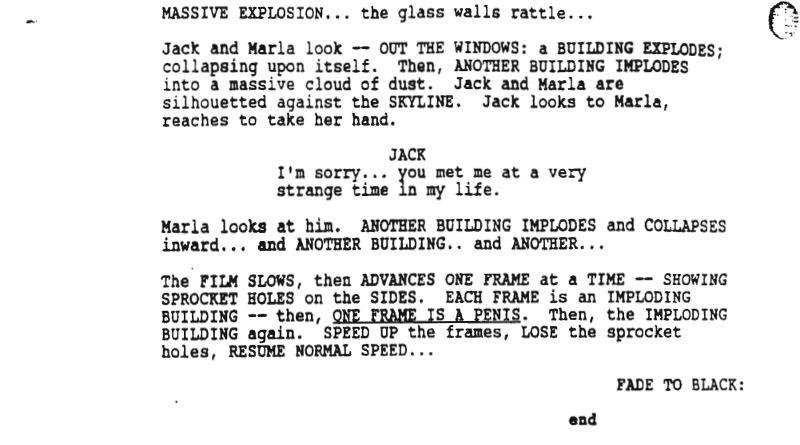In short, different environments have different optimal formats and loudness settings. Communicating your needs will help post audio provide the best possible mixes. Below are some general recommendations for a variety of common listening environments. As mentioned earlier, if your project is playing in an environment that may have unique and strict loudness guidelines, make sure you are aware of them and communicate this with your post audio team.

- Audio House – The audio or sound team consists of sound engineers that work on things such sound editing, audio quality, background noise, sound mixing, sound effects, etc.
- RAID can be installed in your computer or it can be external.
- Those little details, however, are a big part of what makes your project feel polished.
- Those proxy files are great for editing, but they’re very low quality compared to the original camera files, and the colorist and VFX teams need access to all of the data that was originally captured.
If your engineer is not paying close attention to detail, important information and carefully designed nuances can be lost. Editing can be a complex process, but this video and flowchart might help you get a better grasp on the whole thing. Production also requires research https://soloseries.tv/primera-temporada-de-fringe/ into the script so that writers may find out if there are any issues with copyright protections or other legal concerns which might cause trouble during production. Before you do anything else after you’ve finished shooting, make sure you have trustworthy storage. Check if you have the space to store all the footage you just spent hours capturing. They’re not as attached or immersed in the film, and they’re coming in with fresh eyes.
Fine Cut
Digital Anarchy’s Beauty Box provides de-aging tools used in many narratives, documentaries, and fashion and cosmetic videos. Working off lower quality footage, you may also need NeatVideo or Magic Bullet Denoiser to lower light noise. Frank Dellario, Video Producer at Pixel Valley Studio adds comments to certain timestamps in the cut. Many of these feedback platforms let everyone click when they are done commenting.
More Than Four Times The Detail Of Full Hd
If you use this workflow as your basic post-production structure, you’ll eliminate wasted time and confusion while allowing yourself to create a superior product. This ensures no steps get skipped, and each element has what they need to be completed properly. Once the project is picture locked, it gets handed off to the visual effects team to add in all the extra visual goodies that will appear in the final project.
Place each backup storage device in separate locations in case there’s a fire or a theft. This final step in the process is the ‘fine tuning’ that evens out and enriches all of the elements of our sound track. Like mixing, mastering is part technique and part art and requires a well developed ear and perhaps more importantly, good taste.
What Software Do I Need To Know How To Use?
Motion tracking allows you to insert an element (either CG or live-action) into a moving live-action shot. In our earlier example, we used CG to make it look like a house was on fire. If the camera is locked off, you simply need to position the fire elements in the right spot and composite. But if the camera is moving, the fire elements will need to be tracked to the house to match the house’s position throughout the camera move. Some advanced tools can take a single rotoscoped frame, examine the footage, and adjust the rotoscope automatically to fit the character’s movement, but even the best tracking tools often fail.
The Academy Color Encoding System (“ACES”) refers to a format and also a process that goes along with it, which makes it easier to work with deep color spaces in high-end workflows. Working with deep color spaces and high dynamic range images can be extremely complicated because there are so many different formats and tools and workflows, many of which are not compatible with each other. ACES aims to solve that problem by creating a single, standardized workflow that can work for everyone who really cares about preserving all of their image data through the entire image pipeline.
After going through multiple rough cuts and fine-tuning everything in the film so that people are happy with it, you’re ready to go about the final touches on the film. If you’re producing a film for high-end broadcast you may have to send the film out to be color corrected. If you’re on a low budget, you can do it yourself with program’s like Apple’s Color. Now that all the components are more or less in place, export a rough cut. Different production companies may have different definitions for what a “rough cut” really is. If it’s too rough around the edges, the viewer will have a hard time reading through the construction and won’t be able to make valuable comments.
